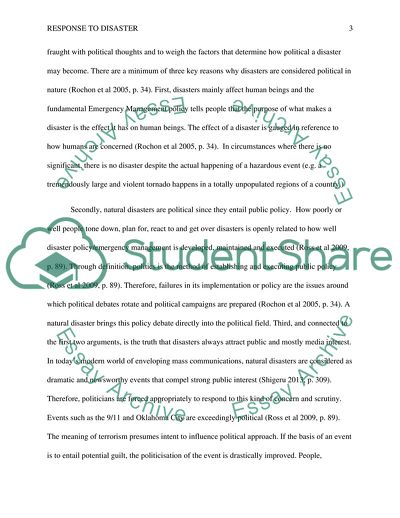Cite this document
(Response to Disaster Term Paper Example | Topics and Well Written Essays - 2000 words, n.d.)
Response to Disaster Term Paper Example | Topics and Well Written Essays - 2000 words. https://studentshare.org/environmental-studies/1810388-what-are-the-factors-that-influence-individual-and-international-response-to-disasters-and-what-role-does-and-should-the-media-play
Response to Disaster Term Paper Example | Topics and Well Written Essays - 2000 words. https://studentshare.org/environmental-studies/1810388-what-are-the-factors-that-influence-individual-and-international-response-to-disasters-and-what-role-does-and-should-the-media-play
(Response to Disaster Term Paper Example | Topics and Well Written Essays - 2000 Words)
Response to Disaster Term Paper Example | Topics and Well Written Essays - 2000 Words. https://studentshare.org/environmental-studies/1810388-what-are-the-factors-that-influence-individual-and-international-response-to-disasters-and-what-role-does-and-should-the-media-play.
Response to Disaster Term Paper Example | Topics and Well Written Essays - 2000 Words. https://studentshare.org/environmental-studies/1810388-what-are-the-factors-that-influence-individual-and-international-response-to-disasters-and-what-role-does-and-should-the-media-play.
“Response to Disaster Term Paper Example | Topics and Well Written Essays - 2000 Words”. https://studentshare.org/environmental-studies/1810388-what-are-the-factors-that-influence-individual-and-international-response-to-disasters-and-what-role-does-and-should-the-media-play.


